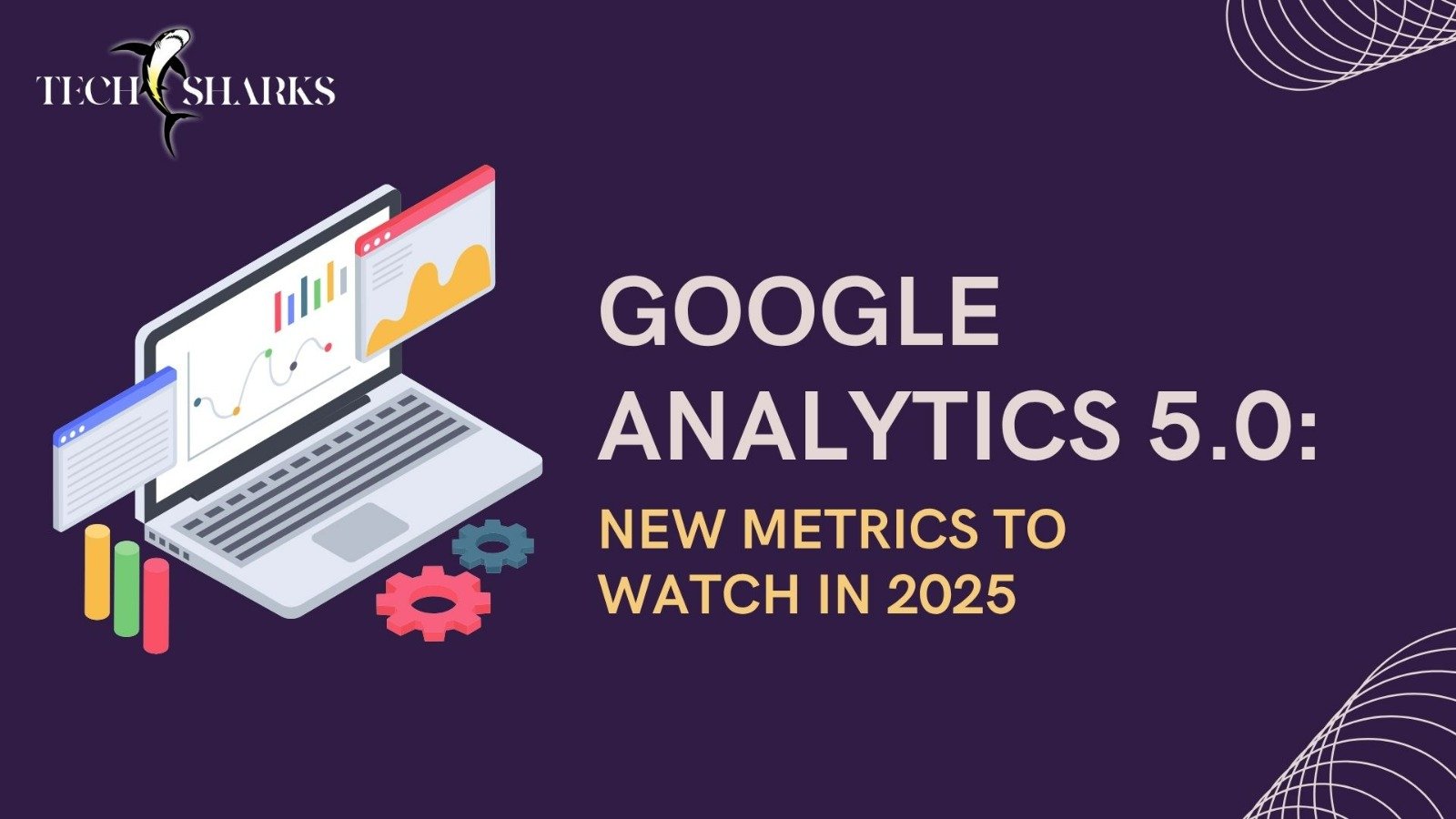If you’ve noticed that fewer people are clicking on search results lately, you’re not alone.
Welcome to the world of zero-click searches — where users get their answers directly from Google’s results page without visiting any website.
In 2025, zero-click searches have become even more common, fundamentally changing how brands need to approach SEO.
At TechSharks, we’re here to break down what it means for your business and how to build a winning zero-click SEO strategy.
What Are Zero-Click Searches?
A zero-click search happens when a user’s query is answered directly on the search engine results page (SERP), and they don’t need to click through to a website.
Examples include:
- Featured snippets
- Knowledge panels
- People Also Ask boxes
- Maps and local packs
- Direct answer boxes
According to recent studies, over 65% of Google searches now end without a click — a number that’s only increasing.
Why Should You Care About Zero-Click SEO?
- Less traffic: If you’re relying solely on organic clicks, you might see traffic drops.
- More competition: Getting visibility without clicks means you need to stand out right on the SERP.
- Changing user behavior: Users now expect instant answers, not long click journeys.
Adapting your zero-click SEO strategy is no longer optional — it’s essential to staying visible, relevant, and competitive.
How to Build a Strong Zero-Click SEO Strategy
1. Target Featured Snippets
Featured snippets — also called “position zero” — are prime real estate.
How to optimize for them:
- Identify common questions your audience asks.
- Create content that answers these questions clearly and concisely.
- Use bullet points, numbered lists, and short paragraphs.
- Structure your page headers (H2, H3) around question-based queries.
Google loves structured, easy-to-read content for snippets.
2. Optimize for “People Also Ask” Boxes
When users search, they often see expandable questions under “People Also Ask.”
To get featured:
- Answer related questions clearly in your blog posts or FAQs.
- Use natural, conversational language.
- Cover multiple angles and variations of a topic.
This increases your chances of multiple placements across the SERP.
3. Focus on Branded SEO
Since fewer users are clicking, it’s crucial that when they do search for your brand, you own the whole first page.
Tips:
- Optimize your Google Business Profile.
- Strengthen your presence on review sites, social media, and business directories.
- Consistently mention your brand name alongside key services or products.
Strong branded SEO ensures users still find their way back to you after a zero-click experience.
4. Create Rich, Structured Content
Google pulls from structured content to populate snippets and panels.
Use:
- Schema markup (especially FAQ, How-To, Product schemas)
- Clear headings and subheadings
- Summarized answers at the top of your pages
Adding schema markup to your site can significantly boost your chances of appearing in featured areas.
5. Double Down on Local SEO
Zero-click behavior is huge in local searches.
Make sure:
- Your NAP (Name, Address, Phone) information is consistent across listings.
- You’re actively collecting and responding to Google reviews.
- You add localized keywords to your website and content.
A strong local presence can turn zero-click searches into foot traffic for brick-and-mortar businesses.
Future Trends for Zero-Click SEO
- Voice search optimization: Conversational queries will further reduce clicks.
- AI-generated search results: Search engines may summarize multiple sources, cutting out clicks even more.
- Visual search expansion: Expect more direct answers through image-based searches.
Your zero-click SEO strategy must evolve with these trends to maintain visibility.
Final Thoughts
Zero-click searches aren’t killing SEO — they’re reshaping it.
Brands that adapt will thrive by focusing less on only traffic numbers and more on visibility, brand presence, and trust right on the SERP.
At TechSharks, we help businesses build smart, future-proof SEO strategies — including mastering the art of zero-click SEO strategy for 2025 and beyond.
Want to stay ahead of the curve? Let’s connect and craft your winning plan!




